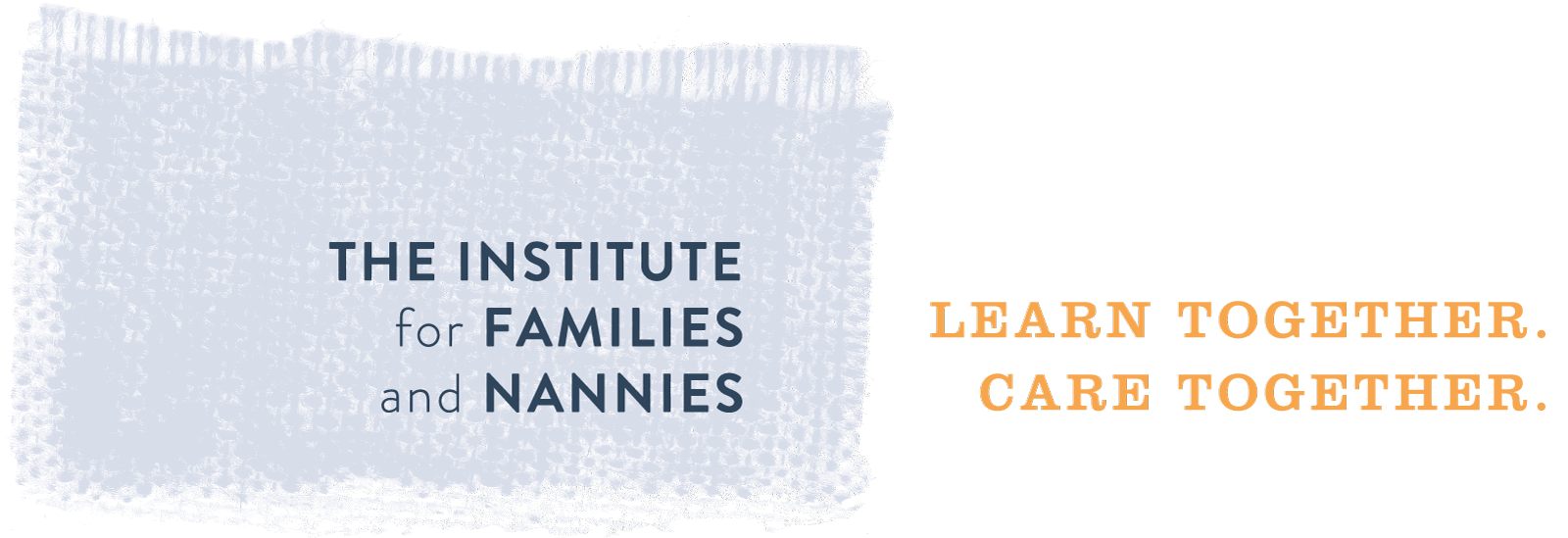Parents and Nannies Find Ways to Talk About Work, Pay and Childcare During COVID-19
When Sarah heard about Shelter-in-Place orders, she didn’t hesitate to tell her nanny to stay home. “It was very clear to me. Stay home. Stay healthy. I don’t want you here. We all need to stay healthy. I’ll pay you sick time.” But Sarah thought it would be for two, maybe three weeks total and life would be back to normal. When the orders extended to May 3rd, Sarah began to question her decision. The kids missed their nanny, Sarah was stressed trying to do work while keeping the kids occupied and the idea of paying someone to stay home ran counter to her well-entrenched work ethic.
Mary’s employer made a different decision. She asked Mary to continue. Mary knew her employer couldn’t manage the infant twins without her. They came up with a plan to wash hands, sanitize the house and limit where the babies could go when outdoors. But Mary had been watching the news at night when she came home. She worried the back and forth between homes made her vulnerable to getting the virus. But she had an even bigger worry. She expected her employer would fire her if she didn’t come and Mary needed the job.
Communication between parents and nannies has never been as challenged as they are now. How can parents and nannies have meaningful discussions to make best-choice decisions and work together to provide the best care for the children? How can they make them ‘for now’ and revisit decisions when needed?
The following guide focuses on decisions about work and pay; but it is so important we don’t forget about the kids. When discussions feel one-sided or an impasse happens, it is always best to pull away and ask, ‘What’s best for the kids?’ After all, that’s why you are in this together.
Notice how you are feeling
Tune in to your feelings. It’s normal to feel anxious and desperate when what we have been accustomed to has been taken away. Feelings of sadness and loss are inevitable when the person or the predictability of daily routines are gone. These feelings and many others are important to recognize. They can help you recognize what the real issue is underneath it all and set a goal to resolve it.
Sarah recognized that she was angry, resentful and feeling deprived. These normal feelings coupled with that of paying someone for not doing work was an important signal. What Sarah really wanted and needed was for her nanny to give some help with the kids during COVID-19. She knew her decision that her nanny should stay home is the right one, but she also knew could ask her nanny to help remotely. What about her nanny setting up remote play dates with the kids or to do research and plan a week of activities that either she or Sarah could do? The more she thought about where she could use help, she realized how many ways her nanny might be able to help.
Look at the situation from the other’s point of view
Tuning in to the other’s experience can reduce tension and lead to joint problem- solving. Try to set aside your strong feelings and tune in to what the other may be experiencing. Think about ways to resolve the problem from both sides.
Mary decided to set aside her anxiety and worry about being fired and look at the situation from her employer’s point of view. Surely her employer needed help with the babies, but she also needed to be sure everyone would be safe from spreading the virus. Mary thought of some ways they could work together to better prevent the spread. She thought about what would have to happen to decide when she should stay home. Mary also began researching options to receive funding in case she needed to stop work and her employer couldn’t continue to pay her.
Have a Conversation. Developing a plan together to make important decisions helps you move forward as partners,instead of competitors.
Use “I” statements: Sarah might say, “I know we are both concerned about the spread of the virus and I want you to stay home so we all are safe. But it’s been much longer than I expected, and it could get longer still. I realize I really need help with the kids now.
Ask for the other’s perspective: Ask about the other’s feelings and ideas. Ask questions to learn, not to passjudgment: “How are you feeling about not coming to work? What ideas do you have about giving some help while you are at home? What do you think would work? What won’t? Would you be open to finding ways to give some support?”
Most important:
Look for a place to compromise. Ask the other if she has ideas for next steps. What can the two of you agree on? What can you both work on? For example, Mary might say “We both agree that everyone should be safe from spreading the virus. One idea that seems to work is for me to wear one set of clothes to your house, change out of them and put them on when I leave. Are you OK with that? Also, if I’m feeling sick and need to stay home, I’ll let you know. Can we talk about it then and make decisions about what to do? That might mean I get tested, and then come back if it’s negative or quarantine if I am positive. We’ll also have to talk about whether I can get paid while I’m out.”
Don’t forget to check in. A relationship is a living thing that grows and changes over time. It’s important to check in at least weekly to see how things are going, how your agreed-upon plan is working, and where you might need to make some adjustments.
And remember: Don’t forget about the kids.

